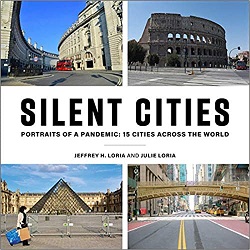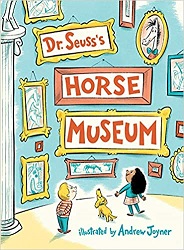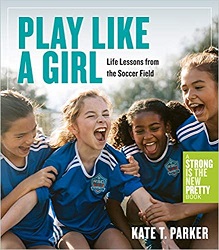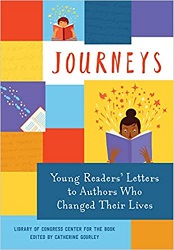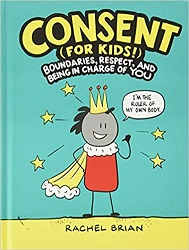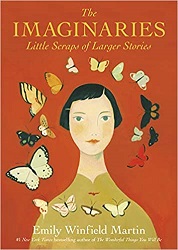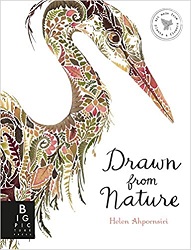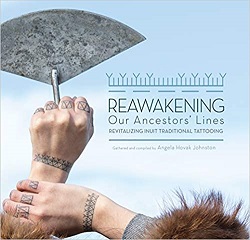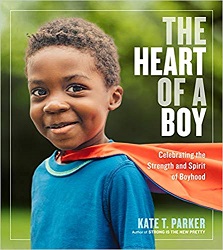 Playlist
Playlist
The Rebels and Revolutionaries of Sound
by James Rhodes
illustrated by Martin O’Neill
Candlewick Studio, 2019. 68 pages.
Review written April 1, 2020, from a library book
2019 Cybils Award Winner, Senior High Nonfiction
Starred Review
This book is visually stunning as well as audibly stunning (more on that in a minute). It’s oversized, but many will realize it’s the same square shape and size as a record album.
Once inside, every spread is a presentation. This is an author who loves classical music and is excited about it. If anyone can communicate that love and excitement to a young reader, this would be the person.
Here’s an excerpt from his Introduction:
I’ll be honest with you: classical music is not usually seen as riveting material for a book. I know that. You know that. It is thought of as dull, irrelevant, belonging to other (usually old) people, and about as interesting as algebra. I will say this though: classical music saved my life when I was a kid. And even today, many years later, every single time I listen to it, it makes me feel amazing.
Classical music has a bad and, in my mind, unfair reputation. Those composers with the white curly wigs, such as Bach and Mozart, might seem super old-fashioned now. But they were the original rock stars. They changed history, inspired millions, and are still listened to and worshipped all around the world today. So I hope you’ll leave behind your preconceptions: even if you think you hate it, give it an hour or two of your time and then decide.
It does have to be said that there are a LOT of classical composers, and it can be quite overwhelming to decide where to begin. I have chosen seven composers to get us started. For each composer I have selected two pieces to discuss and listen to. I’m also going to explain a bit about the lives of the composers. (You won’t believe some of their stories. Did you know Beethoven peed into a chamber pot he kept under his piano and Bach had twenty children?) I’ve chosen Bach, Mozart, Beethoven, Chopin, Schubert, Rachmaninoff, and Ravel: the perfect introduction to classical music.
So that gives the format of what follows: We’ll have a spread for each composer, then a spread telling about his life, then a spread for each of the two pieces of music that James Rhodes analyzes for us. And that’s what makes this book extra vivid: At the front he’s got a playlist of all the music. You put tinyurl.com/jamesrhodesplaylist into a browser, and you’ll get to listen to all the pieces on Spotify. So you get to listen to the music as he describes it.
And his enthusiastic descriptions help you appreciate and understand the significance of the pieces he chooses.
All of his descriptions ring with his love for the pieces. Here’s an example taken from the spread about Rachmaninoff’s Piano Concerto No. 2 in C Minor, Finale:
As we know, Rachmaninoff was a giant, and this concerto requires really, really big hands. He asks the pianist to play enormous chords and super-fast runs of notes and jumps from the bottom of the keyboard to the top and back again. The last movement, which we’re going to focus on here, is my favorite, for reasons that will become obvious as you listen to it. It has everything that any music fan could ever want – incredible, unforgettable melodies, insane piano pyrotechnics (I mean just listen to the first time the piano enters!), excitement, melancholy, heartbreak, and heroism, all in eleven minutes. There are giant cymbal crashes, sweeping romantic tunes with the entire orchestra and solo piano playing at full volume, and an electrifying ending. But it’s the big tune, perhaps his most famous melody, that really does it for me. It starts at 1’47, and Rachmaninoff, knowing how special it is, repeats it three times during the course of the movement, each time adding little touches and making it fresher and more magnificent until the very last time (9’55 OMG), when it becomes this enormous, grand, sweeping melody that has inspired dozens of Hollywood composers and would feel right at home in one of the Jurassic Park, Fantastic Beasts and Where to Find Them, or Incredibles movies.
Speaking of movies, in the section on the composer’s life, he always includes some movies that use music by the composer.
There are some additional spreads with musical terms and a timeline of Western Classical Music, and absolutely nothing in this book is remotely boring. It gives the reader a nice background of classical music, and a wonderful audio sampling of the riches you can find there.
At first when I opened this book, I was reluctant to go to the trouble of listening to the playlist. By the time I was done, I was eager to hear and notice the things James Rhodes pointed out.
As he says to finish his Introduction:
So, this is my plea: give this music a chance. Read the book, listen to the pieces in the playlist I’ve built for you (turn the page!), and then, if you want, NEVER listen to it again, safe in the knowledge you’ve given it a go and hated it. But maybe, just maybe, it’ll blow your mind and improve your life a little bit, and you’ll want to send me a giant box of cookies as a thank-you. (I’m not even joking – send as many as you like.)
Enjoy. Take it slowly. Allow yourself to experience something magical.
Count me as someone whose mind was blown. Though in lieu of sending cookies, I’m writing this review.
candlewickstudio.com
Buy from Amazon.com
Find this review on Sonderbooks at: www.sonderbooks.com/Childrens_Nonfiction/playlist.html
Disclosure: I am an Amazon Affiliate, and will earn a small percentage if you order a book on Amazon after clicking through from my site.
Disclaimer: I am a professional librarian, but I maintain my website and blogs on my own time. The views expressed are solely my own, and in no way represent the official views of my employer or of any committee or group of which I am part.
What did you think of this book?
